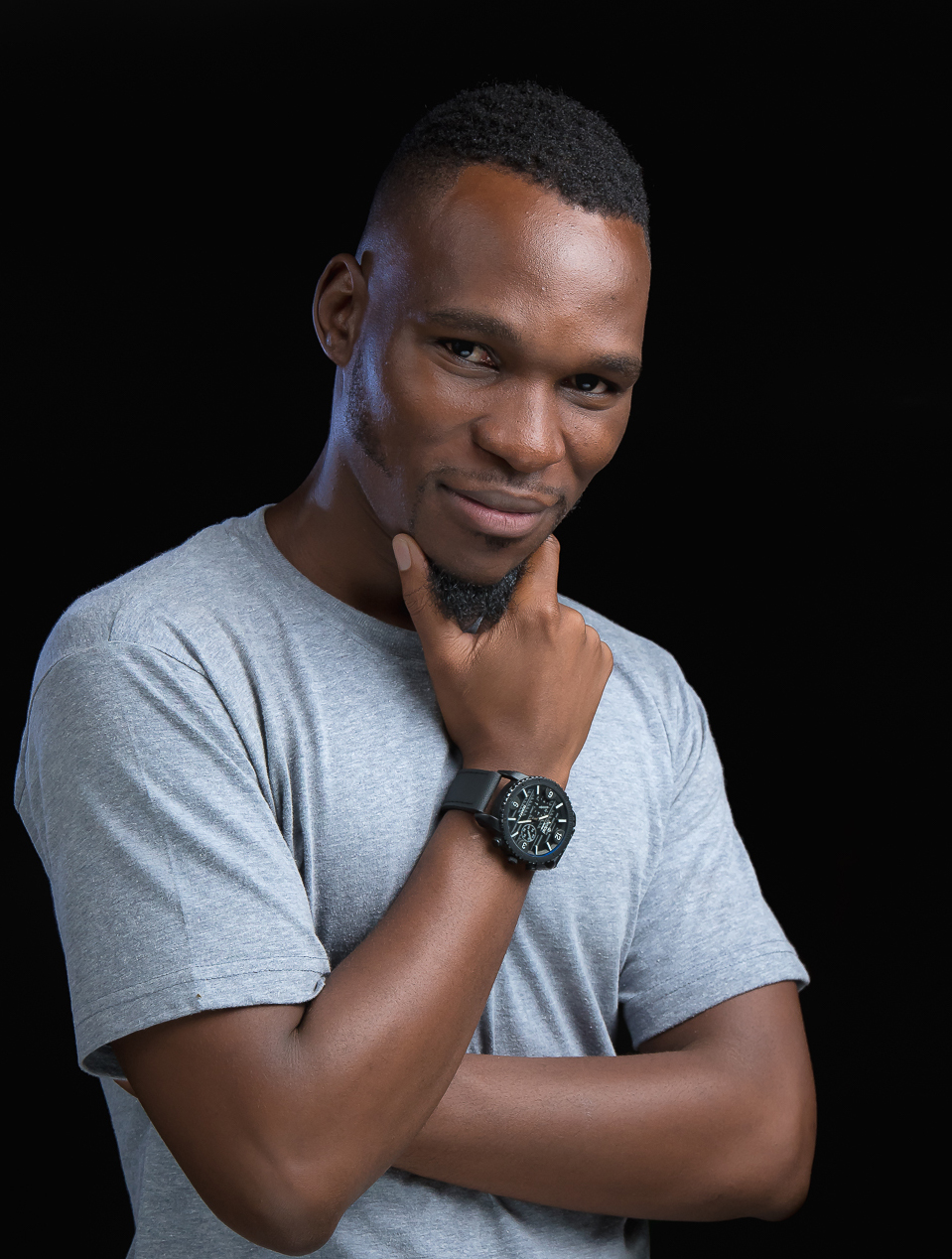BY NOKUTHABA DLAMINI
Meet Ntjengeti Sibanda, a photographer and filmmaker behind the Tribes: Staffordshire to Matabeleland.
His documentary which he filmed sought to explore the lobola customs of the Ndebele people, from a diasporic lens and gives a hint of what the process has transformed into in the current global society.
Sibanda’s dream of being a filmmaker began in 2012 when his brother bought him a camera as a luxurious gadget.
He immediately fell in love with the digital art industry where he has found himself being contracted by various commission companies such as the Zambezi Magic and rubbing shoulders with cinematography producers such as Kwanzaa Collective UK and Appetite who partnered to launch a new month-long exhibition last month in Bulawayo
VicFallsLive managing editor Nokuthaba Dlamini (N.D) set down with Sibanda, and below is the outcome of the interview.
(N.D) Please tell us briefly about yourself?
(N.S) My name is Ntjengeti Sibanda, a photographer and filmmaker based in Bulawayo, but originally from Tsholotsho.
I’m self taught and have been in the media productions space for the past seven years.
Most of my work has been in documenting events, content creation for social media marketing and a couple of Zambezi magic commissioned productions.
(N.D) How can you describe your type of art?
I’m more of a multidisciplinary artist, shooting both still and motion pictures and doing a bit of graphic designing as well. So I can say my type of art is digital art more than anything as I have never had a chance to shoot on film, which is something that I’ve been keen to experiment on for quite some time.
(N. D) When did you realise that you can be create and when would you say marked the beginning of your arts career?
(N.S) It was back in 2012, when a brother of mine who is based in South Africa got us a very special gift, a cool Nikon DSLR camera, a D3100.
Being able to point a camera, shoot an image and immediately see how it’ll come out was somehow a super fascinating thing to me as it was my first time to experience it.
The fact that the very same camera could shoot detailed, high quality videos that were way better than the television sets, really blew my mind.
I can safely say that’s when the journey of discovery began, I fought so hard to have access to the internet to research more about this cool little gadget that my brother had bought for me.
(N.D) Can you tell us about your recent achievements,
(N. S) To this very date, I can say my biggest achievement is the establishment of Nikkor Lane Photo+Cinema, a media productions company that I co-own with my brother who bought me the gift that sparked my interest in photography and filmmaking.
There are also a couple of major highlights of my career thus far, from being part of a Zambezi Magic commissioned production as a cinematographer, creating marketing content for some of the biggest brands in Zimbabwe and of course being a part of this exciting exhibition and cultural exchange program with UK based artists and arts organizations like Kwanzaa Collective and Appetite.
(N. D) What targets have you set for yourself in this competition?
(N.S) Well to be more elaborate the Tribes: Staffordshire to Matabeleland exhibition isn’t a competition, but rather a call to artists living in Matabeleland to contribute to the establishment of visibility and identity for their cultures and who they are.
The idea came into mind after a disappointing experience where I was looking for reference images for a film idea I’m developing at the moment.
I was interested in the Ndebele culture, particularly their way of dressing, food, dance and shelters.
The images I found online were disappointing and figured we could get something going to establish a program and space where all artists interested in contributing to the visibility of their own culture could have their work hosted and exhibited to the world.
Through this cultural exchange program with Kwanza, we had work produced by Zimbabwean artists exhibited in Staffordshire, England. It was so cool to see our names and faces popping up in billboards all over Newcastle.
The same is happening this side in Bulawayo where our work alongside the UK based artists is being exhibited at the National Art Gallery in Bulawayo.
My hope is to see the program grow in terms of sponsorship, diversity and the amount of content being created each year.
(N.D) What challenges do you face as an upcoming artist and based in big cities such as Bulawayo where there is a potentially bigger market and access to sponsors?
(N.S) I think the biggest challenges we face today as upcoming artists are mostly to do with lack of funding, collaboration, access to state of the art equipment and process flows that allow for production of good quality work.
Filmmaking is a very expensive craft and requires a lot of resources and collaboration in order to develop a good story and picture. A bit of more support from arts authorities, investors and production companies would go a long way in opening up opportunities for new and upcoming artists who may be having brilliant ideas but no resources to bring them to life.
It’s also good to note that a couple of young creators in Bulawayo have worked so hard over the past few years and managed to acquire some fairly good filmmaking and photographic equipment that’s currently servicing the creative industry in Bulawayo and their efforts are commendable.
(N. D) What targets have you set yourself as an artist?
(N. S) I’ve once heard the statement “dream big, start small” and it’s what I’ve stuck to up to this very day. The targets I’ve set for myself are insanely high, so high that sometimes I even doubt if I’ll hit them, but the good part about it is the sense of purpose that keeps me grounded and focused on eventually making it happen. My biggest aspiration is to leave a body of work that’s gonna serve to establish and celebrate our identity and culture as Africans and the medium of choice for me is imagery, both still and motion picture.
(N. D) Where can people find your work and who is your inspiration?
(N. S) For the Tribes: Staffordshire to Matabeleland Exhibition, the work is being exhibited at The National Art Gallery Of Zimbabwe in Bulawayo till the 22nd of November.
More of my work can also be found on Facebook and Instagram:
Facebook: Ntjengeti Sibanda
Nikkor Lane Photo+Cinema
Instagram: @ntjengeti_sibanda
@nikkorlane_photo_cinema
I have so many filmmaking and photography icons that inspire me as an artist, but I will try share just a few at the top of my list and they include:
Peter Jackson, the Director of the Lord Of The Rings and the Hobbit Trilogies.
The late Andrew Lesnie who is the brains behind the cinematography of The Lord Of The Rings.
Roger Deakins, An amazing photographer and cinematographer behind Blade Runner 2049 and 1917.
Sibanda has been assisted by Zol and Liquid with free internet programs

 Slider3 years ago
Slider3 years ago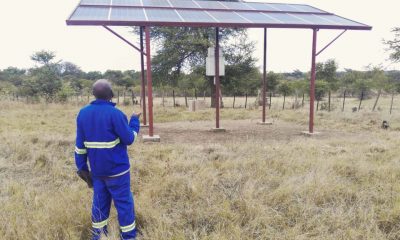
 National4 years ago
National4 years ago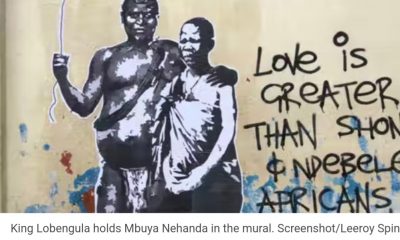
 Opinion3 years ago
Opinion3 years ago
 Tourism and Environment4 years ago
Tourism and Environment4 years ago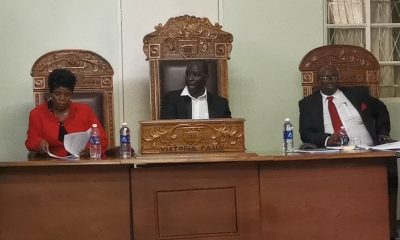
 National2 years ago
National2 years ago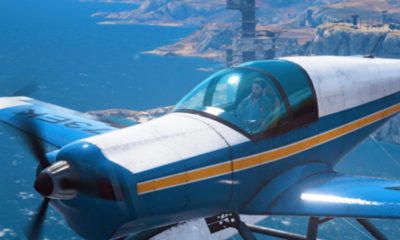
 National3 years ago
National3 years ago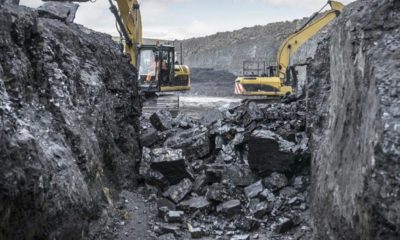
 National2 years ago
National2 years ago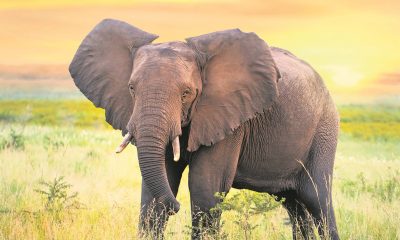
 National4 years ago
National4 years ago
